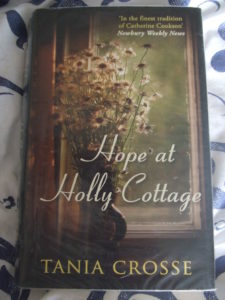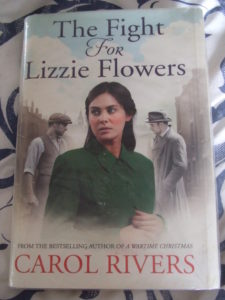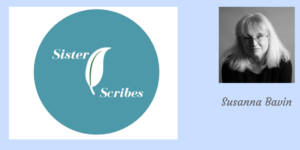How many of you out there remember watching Roald Dahl’s Tales of the Unexpected back in the 1970s? Or, if you don’t remember any of the programmes themselves, I bet you remember the opening credits, with the silhouette of the girl dancing in front of what I imagine was a psychedelic background. I can’t be sure about the psychedelic bit, because our telly was black-and-white. I can recall only one of the stories, which featured Susan George as a housewife who cooked a joint of meat . . . and if you don’t know the significance of this, I’m not going to tell you. I’ll just say the story had a very clever twist at the end.
 We all enjoy a good plot-twist, don’t we? One of the things about being an experienced reader is that it is rare to be truly surprised by something that happens in a book – though I want to make it clear that this in no way lessens the enjoyment of reading it. It is particularly true for readers of genre fiction, where certain conventions and expectations exist within whatever type of story it is. I once wrote a blog called A Promise Between Friends, which was about the ‘contract’ between the author of genre fiction and the reader. The author writes a stirring story within the conventions and the reader meets the writer halfway. Even so, a good plot-twist is always welcome.
We all enjoy a good plot-twist, don’t we? One of the things about being an experienced reader is that it is rare to be truly surprised by something that happens in a book – though I want to make it clear that this in no way lessens the enjoyment of reading it. It is particularly true for readers of genre fiction, where certain conventions and expectations exist within whatever type of story it is. I once wrote a blog called A Promise Between Friends, which was about the ‘contract’ between the author of genre fiction and the reader. The author writes a stirring story within the conventions and the reader meets the writer halfway. Even so, a good plot-twist is always welcome.
Take Hope at Holly Cottage by saga writer Tania Crosse. The idea of the husband or father drinking his wages and then knocking his wife around is well-known to readers of sagas and historicals, but Tania Crosse takes this familiar idea and gives it a new lease of life. Yes, Anna’s dad has bouts of violence, but the reason behind them is one I haven’t come across in a saga before and it adds extra depth to the tragic dynamics of the family situation. After packing the opening chapters with drama and emotion, Tania Crosse then takes the heroine off into a completely new place for the next part of her story, changing not only the setting but also the atmosphere, and giving Anna something new to strive for.
 And if you have read Lizzie of Langley Street by Carol Rivers, then you need look no further than its sequel, The Fight for Lizzie Flowers, for a truly unexpected beginning. The first book ends in just the way the reader hopes it will, but the expectations that this creates for what will happen in book 2 are decisively blown to bits in the very first chapter of The Fight for Lizzie Flowers, which opens the continuation of Lizzie’s story in a thoroughly unexpected manner, paving the way for a dramatic and compelling story in which Lizzie – and the reader – can take nothing for granted. As with every Carol Rivers saga, there is a pacey story with well-drawn characters and a strong sense of family feeling.
And if you have read Lizzie of Langley Street by Carol Rivers, then you need look no further than its sequel, The Fight for Lizzie Flowers, for a truly unexpected beginning. The first book ends in just the way the reader hopes it will, but the expectations that this creates for what will happen in book 2 are decisively blown to bits in the very first chapter of The Fight for Lizzie Flowers, which opens the continuation of Lizzie’s story in a thoroughly unexpected manner, paving the way for a dramatic and compelling story in which Lizzie – and the reader – can take nothing for granted. As with every Carol Rivers saga, there is a pacey story with well-drawn characters and a strong sense of family feeling.
I was going to end this blog by saying something along the lines of how good it would be if we could have more breath-taking plot-twists, but now I’m wondering whether that might result in too much of a good thing. After all, one of the reasons we all admire a devious plot-twist is because it’s unusual. And perhaps that’s the way it should stay – as a special treat in the occasional book.


